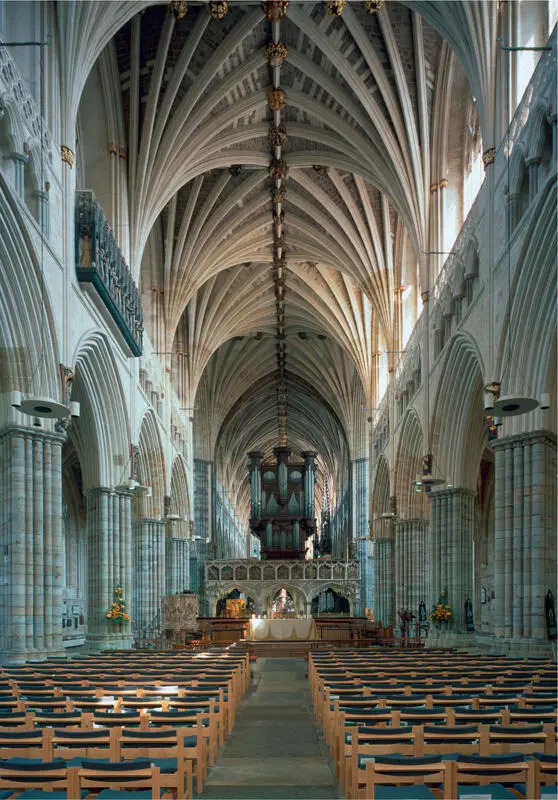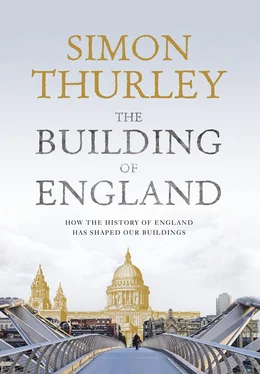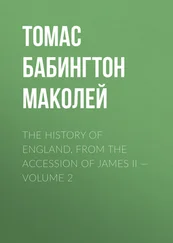Fig. 97 Gloucester Cathedral; the tomb of Edward II, c .1330–5. The effigy is of alabaster on a tomb chest clad in Purbeck marble, but it is the canopy that is a work of genius. It is a bewildering array of crockets, niches, pinnacles and buttresses, all originally painted as befitted a king.
One of the innovations introduced at Westminster Abbey was the idea of interior large-scale sculpted human figures integrated with the structure and the wider decorative programme. Big figures had been used to great effect externally, particularly at Wells on the west front, but their internal use was another idea taken from the Sainte-Chapelle. At Westminster these figures either told stories from the lives of saints or emphasised some important part of the building ( fig. 98). Such large-scale sculptures were to be taken up with huge enthusiasm, bringing colour and ornament to interiors.
Fig. 98 Westminster Abbey, south transept, south wall; an angel, elegantly accommodated in a spandrel, wings spread and swinging a censer – a perfect marriage of sculpture and architecture.
Fig. 99 Naturalistic foliage in the arches of the chapter house at Southwell Minster, Nottinghamshire, 1290s.
Medieval sculptors were not interested in accurately representing the human form, and figures – including those of people of great importance – were idealised. The statues of the queen on the Eleanor crosses do not capture the features of a real person; they represent an idealised Christian queen ( fig. 96). Saints were instantly identifiable by how they stood or what they held; St Catherine had her wheel and St Peter always held the keys of heaven, while secular figures were identified by their badges or coats of arms. So Queen Eleanor’s crosses were encrusted with the badges of León, England, Castile and Ponthieu.
Yet startling naturalism can also be found, such as the heads carved for the corbels at Salisbury Cathedral, some tomb effigies, but most of all the brilliantly naturalistic foliage in the arches of the chapter house at Southwell Minster, Nottinghamshire ( fig. 99). Capitals were now less often carved with narrative schemes ( fig. 54), but corbels became a sort of portrait gallery, with hugely expressive images of what were probably real people. Carving – and painting – reflected life, rather than commenting on it as today.

Fig. 100 Exeter Cathedral was the last to be rebuilt almost in its entirety, over a period of 60 years from 1275; the building work was funded by a voluntary tax on the bishop and the chapter’s own income. A result of this is the perfect harmony of its interior, especially the nave, shown here, with its extraordinary high vaults 300ft above the floor.
All these streams of embellishment are represented at Exeter. The Anglo-Norman cathedral there was rebuilt over a 60-year period beginning in 1275. Its new form was constrained by the decision to retain its 12th-century twin towers. Thus Exeter is characteristic of most Gothic cathedrals where bishops and deans grafted their new buildings onto older work. This meant that the Gothic parts normally followed the thick-wall technique of the Anglo-Normans, keeping cathedrals long and low with a stronghorizontal emphasis.
But that is where the conservatism ends, for a succession of bishops determinedly funded a rebuilding of the cathedral in the best modern style ( fig. 100). Exeter is an extravaganza. Everything is multiplied: the piers are made up of 16 bunched shafts, and the spectacular vault is a forest of 22 ribs in each bay, creating the longest single continuous Gothic vault in the world. Everything was patterned, from bosses, through corbels to tracery. The west front was started by Bishop Grandison in around 1346, and while it might not have the balance or harmony of the west front of Wells, here every decorative element in the designer’s vocabulary is brought to bear as tiers of figures reside in canopied niches below, perhaps, the most fanciful window of its age ( fig. 101). This frontage, like that at Wells, and elsewhere, was intended as a backdrop for the most important services of the year, particularly the processions of Palm Sunday. On this day a choir, hidden behind the façade, seemed to make the very statues, originally painted and gilded, sing.
Fig. 101 Exeter Cathedral; the west front. Originally (1320s–40s) the front had three great doorways, and the west window still remains from this period, but the image screen was added from the mid-1340s and figures were still being completed in the 15th century.
We have seen that from the late Anglo-Saxon period local churches were founded and endowed by landowners as acts of piety (p. 56). These patrons – and their successors – retained the right to appoint the priest to their church or, if they chose, to give away the income to endow a monastery, with the condition that their church be provided for. ‘Rector’ is the term given to the priest or the monastery entitled to the parish church’s income from tithes or other sources.
Many individual rectors took their responsibilities seriously and used the income for its proper purpose. However, when patrons decided to appoint members of their own family as rectors, the income was often simply treated as personal wealth. For instance, Bogo de Clare, the son of the Earl of Gloucester and Hereford, was rector of 24 parishes in 1291 with an income of over £2,000. This enabled him to live a life of considerable luxury while he neglected the parishes from which his income came. De Clare was an exceptional case, but a large minority of rectories were farmed for profit.
By 1300 only about half of all parishes had individual rectors; the incomes of the remainder had been transferred to monasteries, a small part of which was reserved for the employment of a vicar (which in Latin means ‘substitute’). So the wealthy church of St Mary’s, Whalley, Lancashire, with an income of over £200, had its income appropriated to the Cistercian monastery there. As parish costs were only £27, the abbey made an annual profit of £173. This system meant that the financial position of a medieval church varied not only with the size of its income but with who controlled it. The impact on churches themselves could be significant because – as we have seen above – responsibility for the fabric of the chancel fell to the priest. Non-resident rectors could ignore their responsibilities, as they did at St John the Baptist’s, Yarkhill, Herefordshire, where water poured through the roof onto the altar when it rained; monastic owners could be equally neglectful of their duties, preferring to keep the income for their own institutions. 17
Yet there were positive aspects, too. The earliest church-building contract to survive relates to the chancel of All Saints’, Sandon, Hertfordshire, and dates from 1348. The church at Sandon was owned by the Dean and Chapter of St Paul’s Cathedral. The Sandon estate was worth over £30 a year, and the Dean and Chapter decided to demolish the old chancel and replace it with a new one with fashionable windows, a sedilia, piscina and an Easter sepulchre (to receive the Easter effigy of Christ). The priest there was also well equipped; in 1297 he had three sets of vestments, two enamelled processional crosses, a censer and an incense boat. 18
Fig. 102 Much Wenlock Priory, Shropshire; the triple sedilia of the fine chancel added in the 1380s gives the church a beautiful and well-lit setting for its liturgy.
From the Saxon period individual experience of worship in local churches became progressively less intimate and more ceremonialised. At the same time churches became more complex and segregated. The increased focus on communion, following the doctrine of transubstantiation, led to the rebuilding of many chancels as a suitable setting for the celebration of the Mass. New chancels were longer with larger windows and had square ends, unlike the Anglo-Norman ones. The chancel remained separated from the nave by a wooden screen; few early screens survive, but there is a very rare in situ survival from about 1260 at St Michael’s, Stanton Harcourt, Oxfordshire ( fig. 103). This not only shows that views of the chancel were actually quite good, but that holes were cut at a lower level to provide a view of the elevated host for those kneeling. Many chancels were provided with a separate door for the clergy so they could come and go independently from the nave. Altars were now universally built against the east wall and the priest would celebrate communion with his back to the congregation. Since the 9th century priests in larger parishes had not celebrated Mass alone, but from the 13th century chantry priests, assistants and deacons were increasingly present. This was a reason for the increased size of chancels but it also explains the building of special seats for the clergy on the south wall. These sedilia (from the Latin for ‘seat’), usually built in threes, were first seen in Anglo-Norman churches but became very popular in new chancels ( fig. 102).
Читать дальше













